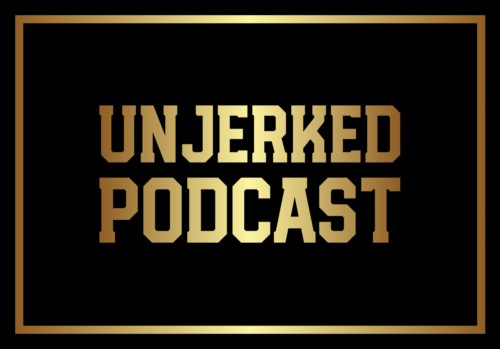William Henderson and B. McGraw talk about crime. What causes it to go up? Is criminal activity at historic highs right now? What are the best ways to reduce crime rates? This is Part 2 of 2 episodes.
We discuss urban design’s influence on crime rates, how honor culture explains why people commit violence, and the growth of violence in the absence of a monopoly on violence. Next, we discuss mandatory minimums, the growth of the prison population, the effect of the death penalty, and the impact of immigration. We then go over specific law enforcement strategies which reduce crime, and social programs which reduce criminal behavior, to include after school programs, welfare programs, and drug treatment programs. Then we discuss the shoplifting epidemic (which might not be real), the impact of homelessness, and the impact of mental illness.
Like and subscribe on Apple Podcasts, Google Podcasts, Podbean, Spotify, Amazon Music, Tunein, iHeartRadio, Player FM, Listen Notes, Podchaser, or Boomplay
1:12 urban design and crime (link 2) (link 3)
5:05 the state and the monopoly on violence
11:30 mandatory minimums and severity based policies (link 2)
12:30 prison population
13:15 death penalty
13:50 immigration
15:54 what law enforcement strategies work? (link 2)
17:50 neighborhood policing in Japan
18:40 After school programs
18:58 welfare
19:32 drug treatment programs (link 2)
27:38 is there a shoplifting epidemics
33:20 homelessness
35:41 mental illness
35:54 gun death statistics
This is the Unjerked Podcast
